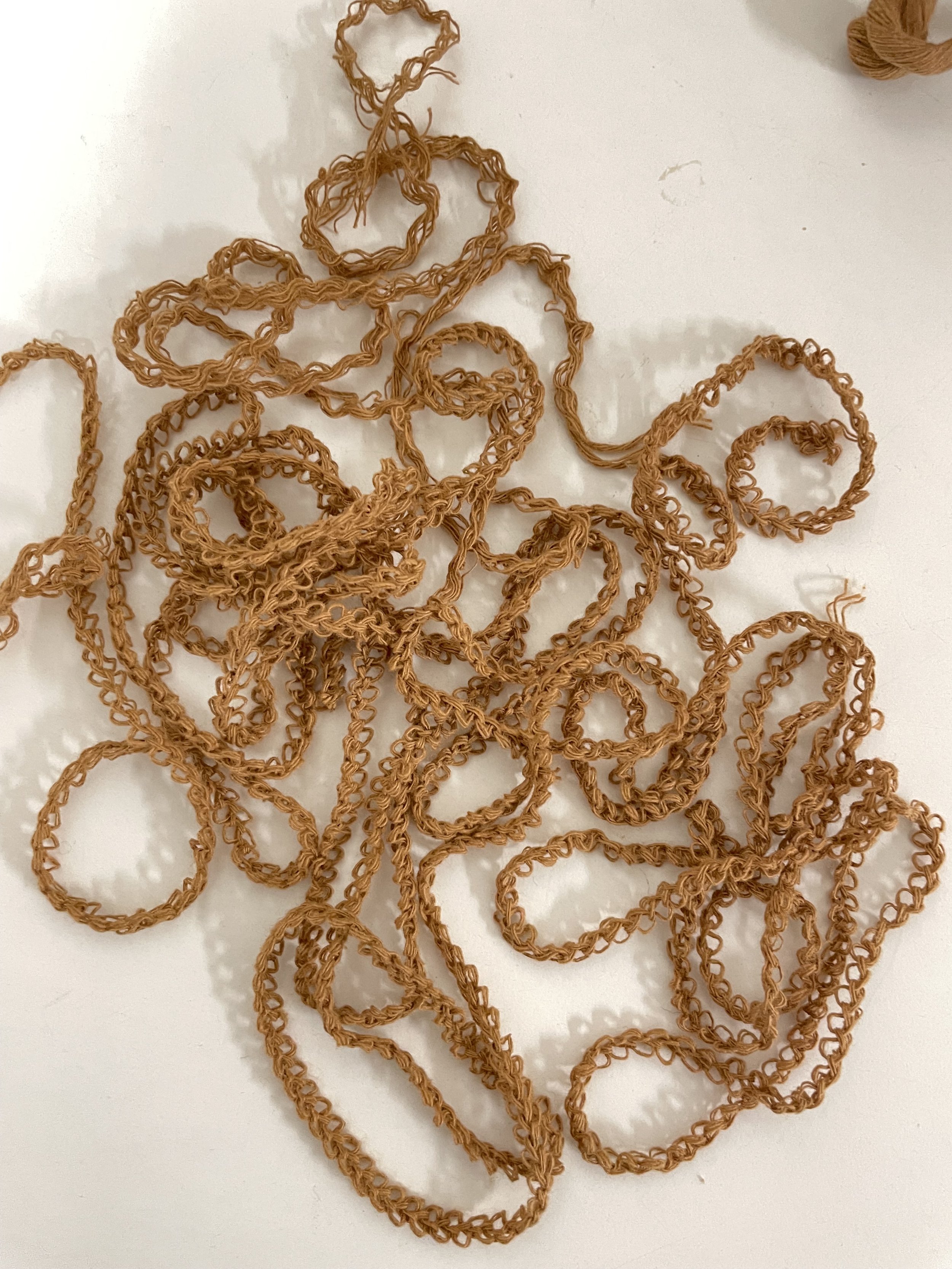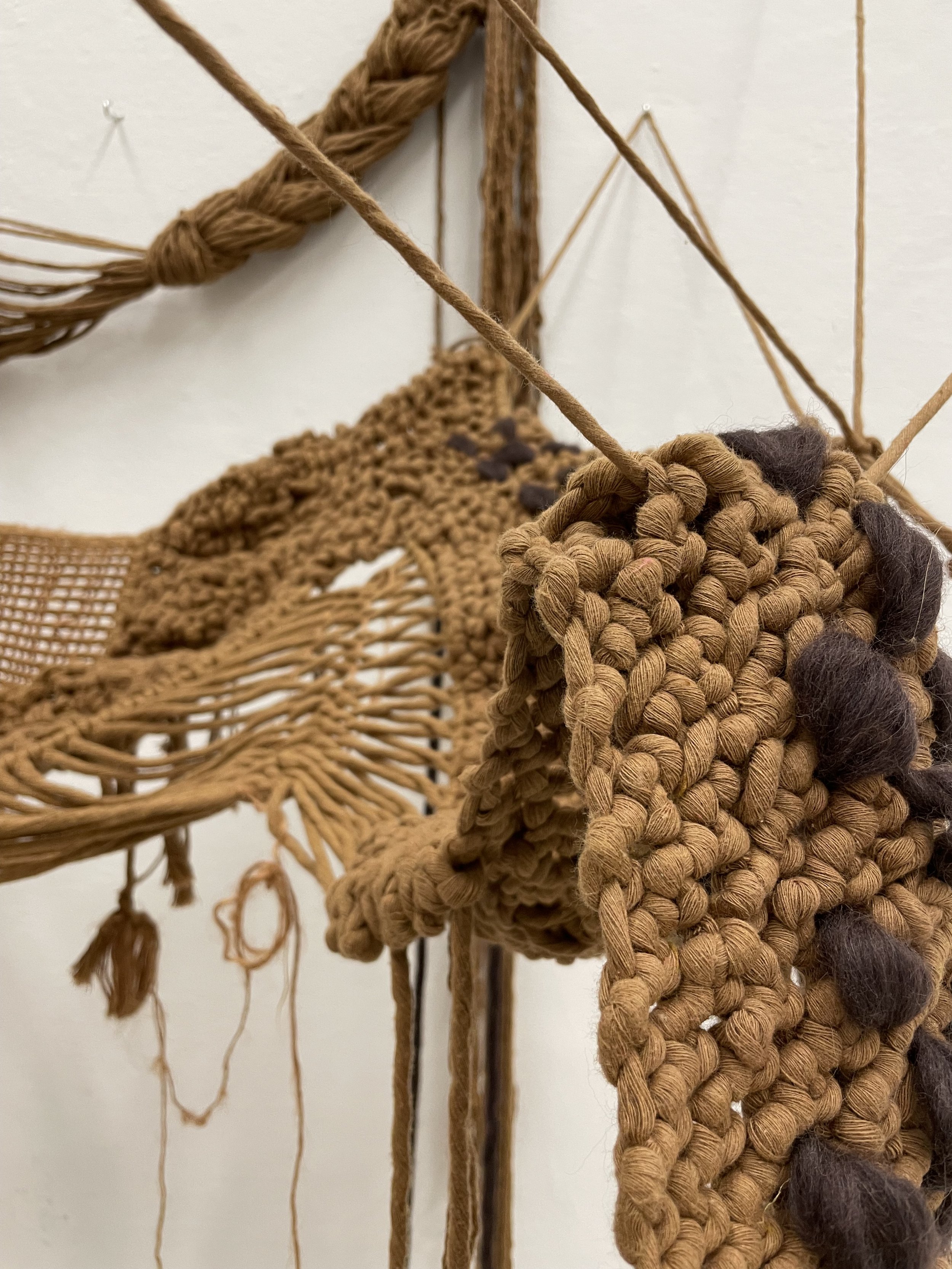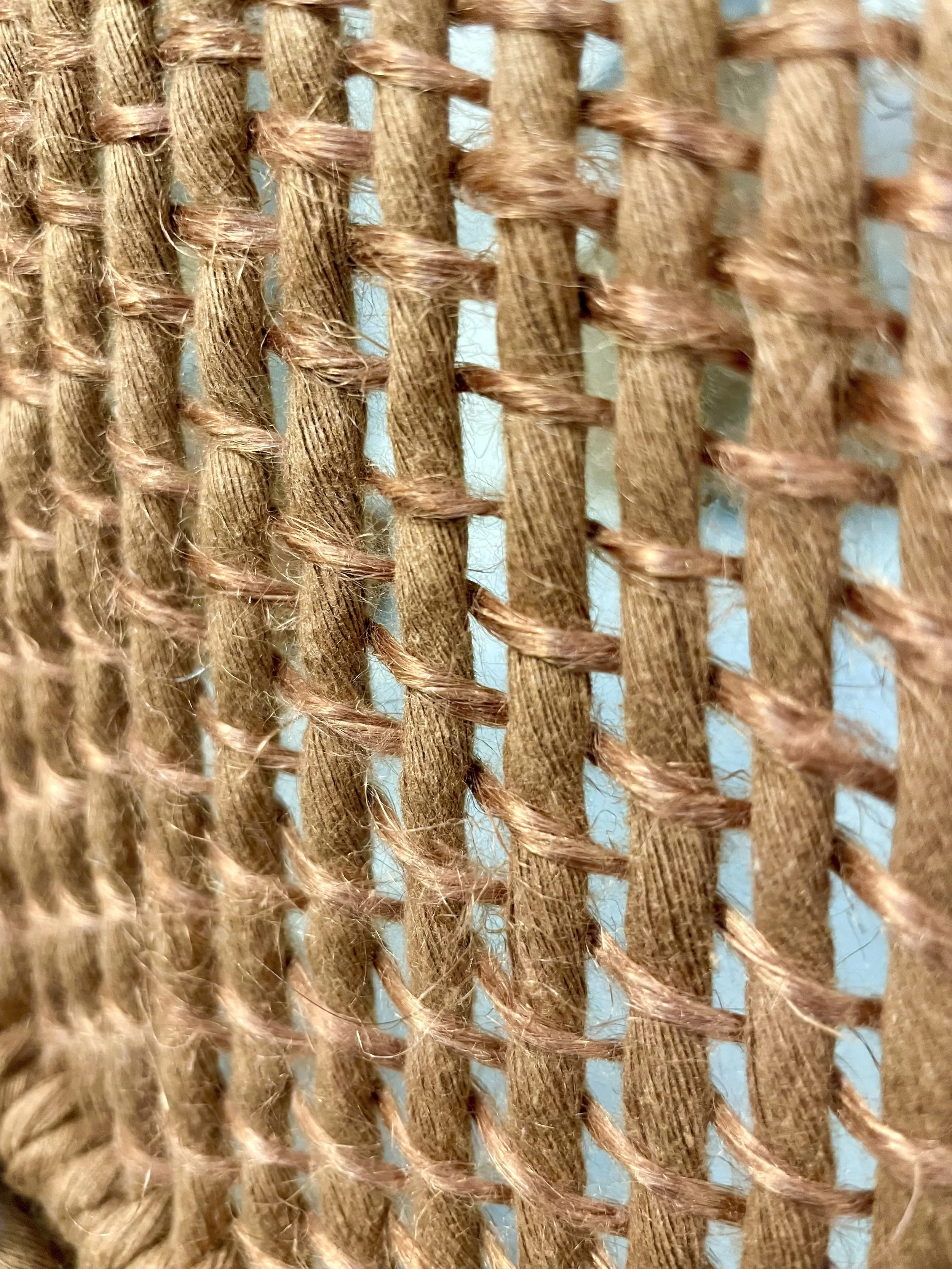Harnessing Identity to Shape a More Sustainable Relationship with Fibers
Controlling Hair and Other Fibers We Wear
Thesis and Art Installation - December 2022
Master in Textile Design - Product Research & Sustainability
IED Accademia di Belle Arti Aldo Galli - Como, Italy
An alternate framework for fueling and sustaining the transition to a circular textile economy
Identity encompasses the values people hold, which ultimately dictate the choices people make. In reframing identity as a primary force in guiding behavior and decision-making, this thesis demonstrates how people and companies can leverage the possibilities of the textile industry to manifest products driven by purpose—products which are made with the collaboration and recognition of all beings involved.
An examination of the ways our environment shapes us, and how we leverage fibers to work within that environment
ABSTRACT
Excerpt from written thesis
This thesis contextualizes how identity shapes the ways we manipulate fibers, and how we can in turn harness fibers to shape identity. In centering identity as a key theme within the context of fibers, this thesis analyzes how identity permeates decision making and behaviors across the textile industry as a whole, as social control of the fibers naturally on our bodies parallel the power dynamics in the textile industry. However, the multitude of ways fibers are weaponized as agents of restriction paradoxically mirrors how fibers can be harnessed as tools of construction. Where communities can suppress individual expression in textiles, individuals can manipulate fibers to reassert their identity. Where companies change landscapes and material identities through the use of harmful chemicals in production, activists can harness fibers as communication tools for advocacy. Where economic forces drive production scales and timelines, cultural identity can shape what fibers are produced and when.
Most conversations on sustainability in the textile industry center on quantitative cost-benefit analyses to mitigate the impacts of production on the environment. In exploring how identity is restricted or constructed through the fibers on our bodies, this thesis provides an alternate framework that demonstrates how progress on intersectional issues (such as consumerism, labor, and materials) hinges on centering identity — that of ourselves, our communities, and our relationships to the planet — to fuel and sustain a transition to a circular economy.






